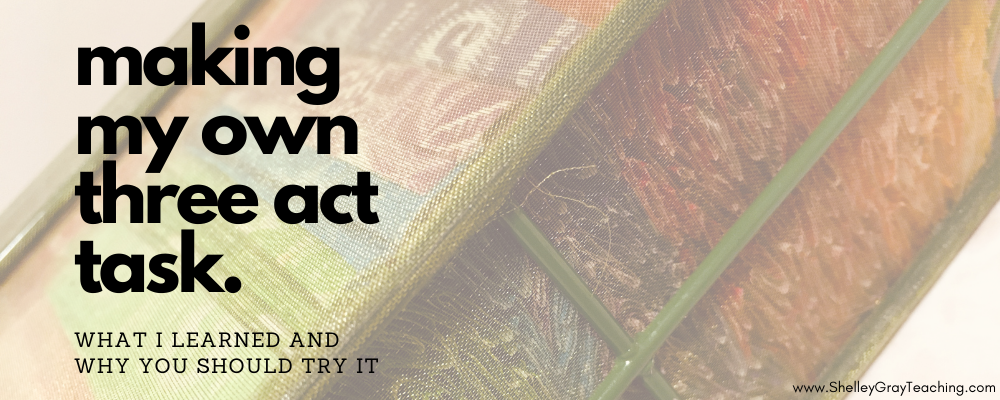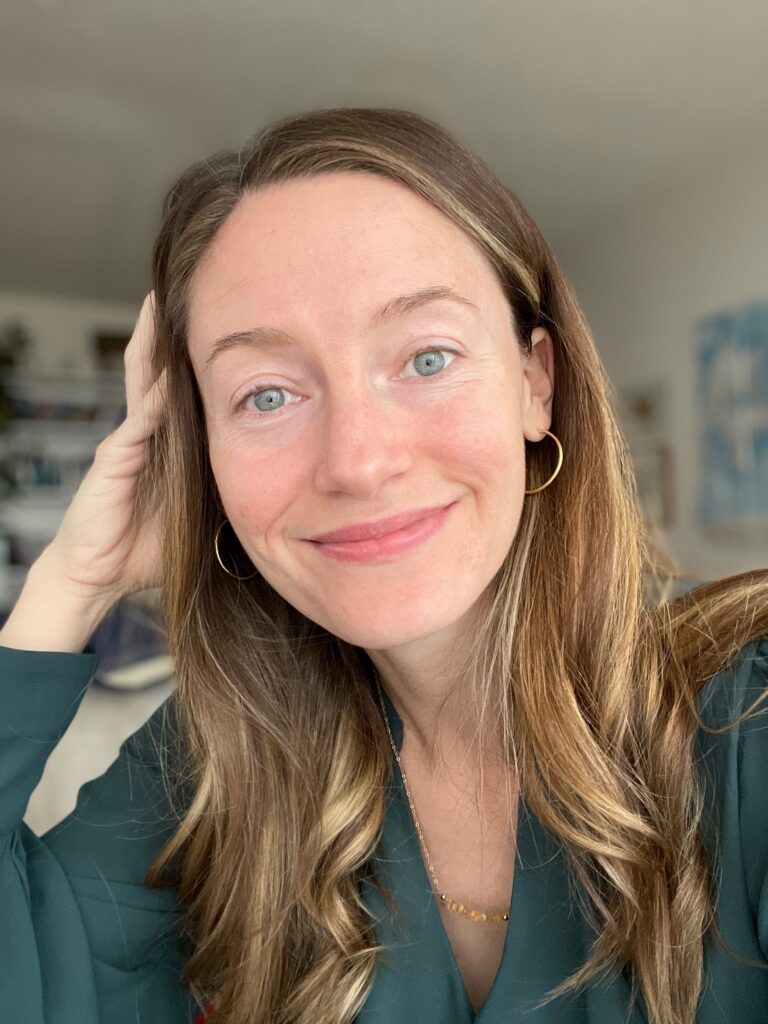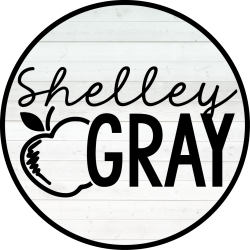
A three-act task is a whole group problem-solving activity, presented in three “acts” to engage and immerse students in authentic and meaningful math learning. Three-act tasks encourage curiosity, perseverance, and growth mindset (“We can do hard things!”). And even better – they are fun!
The Hero’s Journey
My Hero’s Journey Begins
As it turns out, and as the literary lovers out there probably know, the Hero’s Journey is a mono-myth template developed by Joseph Campbell (Matthew Winkler on TEDEd summarizes it well here). What I need you to know is: it will also save your math lessons.
This past September I started a new gig that changed my life. I had been a full-time educator for seven years prior and, especially with the past couple of COVID years, “teaching” for me had started to become synonymous with “draining.” I kid you not I was digging deep and doing the work to make a career swap… and then I found my current school. Though I’m not technically a teacher anymore, I am still very much an educator. It’s just that now the learners call me a Guide.
So what exactly does a Guide do that is different from a teacher?
You may have heard of these expressions before, the “sage on the stage” or “meddler in the middle” – well, I am the “guide on the side.” Each refers back to various learning theories and tries to define the educator’s role in the classroom. The semantics might not seem like much, but for me, moving through the roles of traditional teacher to even a reformed meddler does not nearly compare to the dynamic power shift that occurs quite dramatically as a Guide. And if I’m being perfectly honest, I’m failing at this all the time because it requires that I step back from the learners and let them truly lead. And when things don’t work for the learners, I am supposed to step back some more. Failure is the goal because it will be their greatest teacher (not me). They are on a journey together as a community, and as a Guide, so am I.
The Call To Adventure!
In between considering leaving teaching and still teaching, I had been wanting to expand my approach to math education in particular. When I came across the practice of Three Act Math Tasks I was instantly intrigued. They are typically multimedia-driven, with a real-life hook, they capture EVERY learner’s attention and they make math accessible to all learners where they are using the power of intuition. And, cue serendipity, they often follow the Hero’s Journey as a template. When I found out that my new school uses this as the arc for every school year, every sessional quest, right down to the weekly and daily narratives too, I couldn’t help but feel that little spark from the universe that I was on the right path.
Assistance
Dan Meyer (one wise mentor I discovered on my journey) explains how this refreshing approach helps rectify many “symptoms” you’ve likely encountered at some point in teaching mathematics. Though he is coming from a secondary perspective, I find the same applies for primary/junior-aged learners:
- They often hesitate to try something new or perceived as hard and,
- give up easily, and/or,
- don’t seem to truly make meaning of the math, and,
- have easily caught on to the notion that “word problems” are the ones we boycott.
What is a Three-Act Task?
So, what exactly is a Three-Act Task and how does it work? Simply put, this is a whole group problem-solving activity, presented to learners in three “acts” to engage and immerse them in authentic and meaningful math learning. Let’s dig in!
A Tasty Task
Full disclosure: when I was younger I used to eat A LOT of Starburst candies and my friends and I used to fold up and keep the wrappers. I kept them all these moons and finally found a use for them (no, I never did quite make them into origami or a purse).
ACT I – Present a teaser, a short clip, something recognizable from daily life but curious! Everyone can participate because we are bringing thinking down to shared experience and intuition.

What do you notice and wonder about my candy wrapper collection?
Side note: I just learned about the real power of the word wonder from queen Brené’s new book where she says that, “wonder fuels our passion for exploration and learning, for curiosity and adventure” (Brown, p. 59, 2021). If the learners have nothing to wonder about, what do we expect them to learn? Furthermore, we might know what we hope they’ll ask about, but putting the power in their hands here is key. Whatever the learners decide they want to understand about your prompt is where we’ll head in Act II – so make sure the context is math rich! Inevitably, the learners ask me: how much candy did you eat, Ms. Mel!?
ACT II – Continue by asking what information is missing? This gets some problem-solving going; what information matters and does not matter, what do we keep and what do we toss? The learners, again, drive the sub-steps and are not given them (or even “taught” them) in advance! What mathematical processes would help us determine how many there are? What information is missing or hidden? As they ask questions, provide more information.
ACT III – Similar to the consolidation part in a three-part lesson, bring everyone together to discuss strategies and solutions. Bonus points if you have monitored learner thinking and selected or sequenced the sharing to portray a coherent storyline (another blog post on the The 5 Practices soon to come!). Even if you just invite a show and tell style discussion, as Meyer says, “The math serves the conversation, the conversation doesn’t serve the math.” If no one gets to the goal (there are 792 wrappers by the way), the discussions about why not are just as powerful in terms of turning students’ mathematical reasoning on and grounding it in something interesting to them.

My Three-Act Task: What I Learned
What Failed: I have used this in a traditional Grade 6 Math classroom and in an alternative multi-age studio, and both times the learners never quite got to the strategies I was hoping they would. I anticipated they would use measurement concepts like area and volume to make precise estimates based on Metric measurements of the container and/or an individual wrapper. While there were accurate estimates and some smaller case arguments, the advanced spatial reasoning wasn’t captured and shared as I had hoped.
What Worked: Everyone participated. Everyone shared an idea. Everyone was excited. Some of us made connections between area and perimeter. Some of us built smaller models. We practiced other important rituals like “say more about that” and asking questions of our peers. Learners had fun in the Math Lab.
A Challenge to You!
So, next time you’re planning a mathematics activity, I challenge you to try to:
- Incorporate real-life multimedia into your problem-solving
- Extend the invitation to all learners with a sense of wonder and the three-act template
- Let the learners drive the questions
- Let them struggle (it is a Hero’s Journey after all!)
If you try it out, let us know how it goes in the comment section below!
Resources
For the readers:
From Teaching Children Mathematics Volume 24 Number 2 (2017) check out the article “Trying Three-Act Tasks with Primary Students”
For the grab and goers:
Explore these banks of free tasks for primary/junior learners:
References
Brown, B. (2021). Atlas of the heart. New York.
Meyer, D. (n.d.). Math class needs a makeover. TED. Retrieved January 23, 2022, from https://www.ted.com/talks/dan_meyer_math_class_needs_a_makeover?language=en#t-122859
TEDEducation. (2012, December 4). What makes a hero? – Matthew Winkler. YouTube. Retrieved January 23, 2022, from https://www.youtube.com/watch?v=Hhk4N9A0oCA







